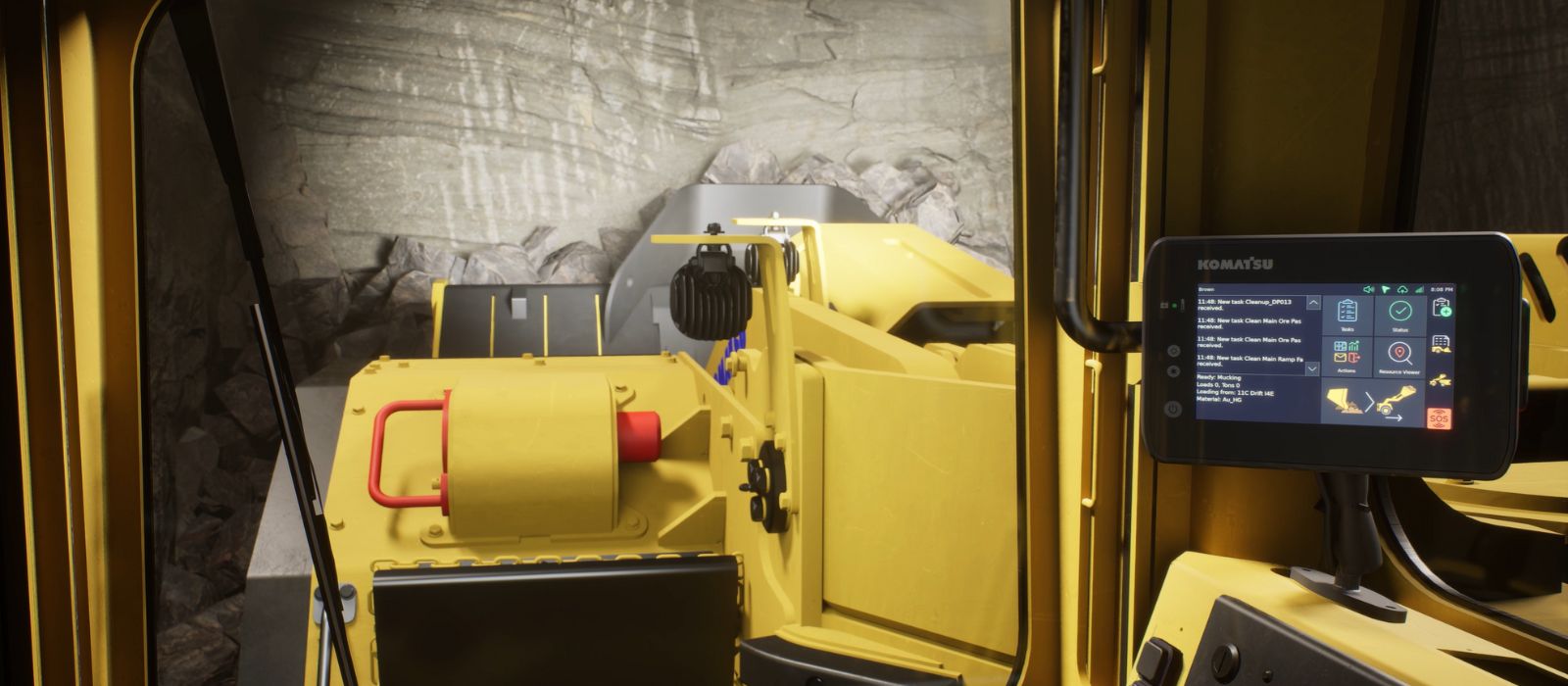Turning real-time data into real-world mining solutions

Mining is a complex, ever-evolving industry where challenges such as equipment breakdowns, limited visibility underground, and the constant need for effective resource allocation are part of daily life.
Successfully addressing these issues requires more than just experience on the ground – it demands access to real-time data, seamless coordination across teams, and strong decision-making tools to ensure operations remain safe, efficient and productive.
We sat down with Ramodh (Ram) Rangasamy, MST Global Product Manager, to learn more about the benefits of turning operational data into insights that can support safer, more efficient and sustainable outcomes.
Can you please tell us a bit about your professional background – what led you to a career in the resources sector?
I have a decade of experience in the mining software sector and am passionate about combining my technical expertise with a sharp understanding of operational realities. My journey in the sector actually began in fatigue management, where I contributed to early efforts to integrate fatigue data into fleet management systems.
This work highlighted the challenge operators faced in navigating multiple screens in the cabin and sparked my focus on simplifying user experiences. That hands-on exposure shaped my philosophy: technology should enable simpler, more effective solutions.
"Ultimately, what drew me to mining was clarity – solutions can’t just sound good on paper; they have to work, every time, and in tough conditions."
The scale of operations, the risks, and the immediate impact of technology can help make it a rewarding space to be in.
What are some of the key challenges facing mining operations today, and how can data provide insights to address these challenges?
Significant challenges include unexpected equipment failures, limited underground visibility, and the need for seamless coordination and resource allocation. These complexities demand more than traditional problem-solving – they require real-time data and intelligent systems to support fast, confident decisions.
For instance, our HELIX platform combines Telemetry, Dispatch and 3D Connect information to deliver a real-time view of mining operations. These three tools interconnect to help solve daily operational challenges.
This technology can deliver a real-time view of your mine. But the true value isn’t found in the individual components - it’s how each of these three elements work together to provide mining operations with the tools to solve some of the daily operational challenges I mentioned above efficiently and effectively.
Can you tell us a bit more about this technology?
HELIX Telemetry continuously collects live data from underground equipment – for example, engine temperature, fuel levels, hours of operation, and fault codes. The hardware component is suited for installation on a range of vehicles. Once installed, the data supports decisions around asset health.
A common use case would be identifying vehicles that are overheating before breakdowns occur. Telemetry provides control rooms and maintenance teams with the data needed to confidently pull that vehicle away from its task for preventative maintenance.
But what happens next, once a vehicle crucial to loading, drilling or another key task is removed from the fleet?
That’s where Dispatch plays a critical role. The fleet management component consolidates data from sources including Telemetry and 3D Connect. This is key to ensuring operations continue to run smoothly and reduces downtime. From the control room, Dispatch is the ideal tool to streamline workflow. It has time tracking capabilities, which helps operators identify constraints or delays resulting from changes in asset availability. Material movements can be captured automatically and inventories are maintained in real time. When unplanned maintenance removes a vehicle from the fleet, Dispatch enables the quick creation and communication of an alternative plan – including task reassignment and operator notifications.
Finally, 3D Connect allows teams to visualise equipment movement, operator locations, and asset health events across the mine. This intuitive 3D map helps identify congestion, locate available resources, and pinpoint exactly where fault codes were triggered, adding vital context for analysis.
What safety benefits come from using these tools?
With HELIX, you're not just reacting to problems—you're anticipating them. The system can reduce incidents caused by unexpected equipment failure. Real-time 3D mapping ensures clear visibility of personnel and equipment locations underground, helping to avoid collisions and identify unsafe congestion. Dispatch enables swift adaptation during operational disruptions, ensuring tasks and equipment are reassigned safely and efficiently. Overall, combining these three main components provides a safer, more responsive work environment.
How does MST ensure professionals are trained to get the most out of this digital technology?
Ensuring our tunnelling and underground mining stakeholders get the most out of their software is a key focus for us. We prioritise conversations with people in the field and recognising work to understand pain points – being able to identify these is what leads future software development. If our software can fill the gap in terms of data that supports effective decision making, that’s a win!